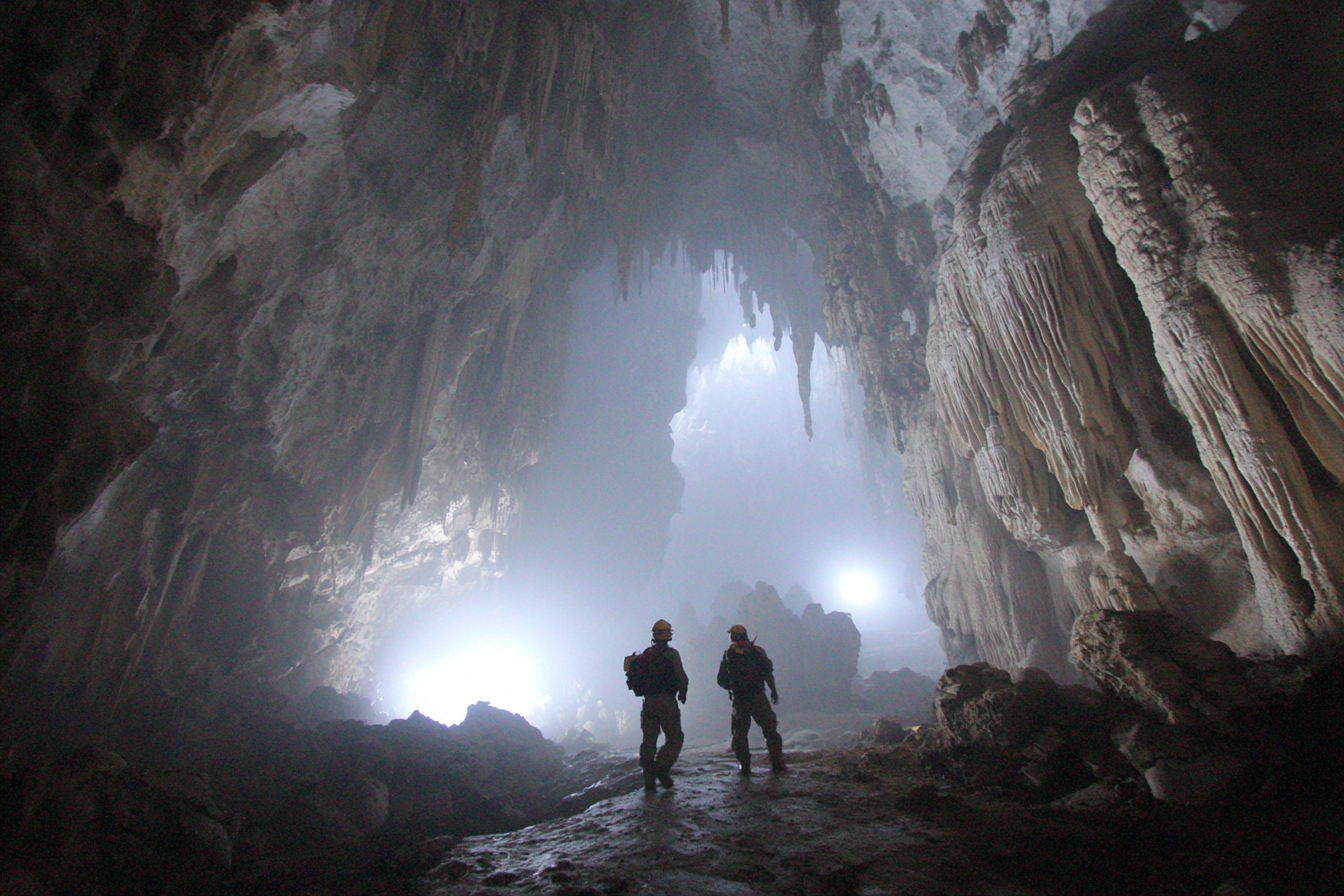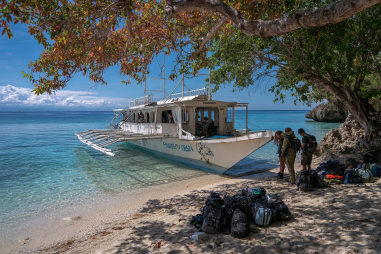Nestled in the mountainous landscape of the Philippines, Sagada is renowned not just for its scenic views and cultural heritage but also for its mysterious and captivating caves. These underground wonders offer a glimpse into nature’s artistry and ancient traditions that have been preserved over centuries. Whether you’re an adventurous spelunker or a curious traveler, exploring Sagada’s caves is an experience you won’t forget. This guide will take you through some of the most famous caves, essential safety tips, what to expect inside, and how to support responsible tourism in this stunning destination.
Introduction to Sagada’s Cave Systems
Sagada’s cave systems are among the most impressive and diverse in the Philippines. Formed over thousands of years through natural geological processes, these caves have served various purposes – from burial grounds to tourist attractions. The unique limestone formations inside the caves showcase intricate stalactites and stalagmites that create breathtaking underground landscapes. The two most popular caves are Sumaguing Cave and Lumiang Cave, each known for their distinct features and cultural importance.
Sumaguing Cave: the ‘Big Cave’ Experience
Sumaguing Cave, aptly nicknamed the “Big Cave,” is arguably the most famous spelunking site in Sagada. Known for its vast chambers and unique rock formations, this cave offers an exciting combination of adventure and natural wonder. The cave’s interior is marked by dramatic limestone pillars, deep pools, and narrow passageways that challenge visitors to navigate their way through. It’s a popular spot for both seasoned cavers and first-time explorers, thanks to the guided tours that help ensure safety and enhance the experience.
One of the highlights of exploring Sumaguing Cave is witnessing the centuries-old formations that have developed into unique shapes resembling natural sculptures. Some areas within the cave are lit using lanterns or headlamps, casting eerie yet beautiful shadows that add to the mystique. Adventurers can expect to climb, crawl, and sometimes swim through parts of the cave, making it a physically engaging yet incredibly rewarding activity.
Lumiang Cave and Its Cultural Significance
Lumiang Cave stands out not only for its geological features but also for its deep cultural and historical significance. This cave functions as a traditional burial site where coffins of the indigenous people of Sagada have been placed on natural rock shelves within the cave. The wooden coffins, some centuries old, provide a glimpse into the customs and spiritual beliefs of the Sagada community.
Unlike Sumaguing’s adventurous passages, Lumiang Cave is more straightforward in its exploration, but its cultural heritage makes it a must-visit. The solemn atmosphere inside the cave invites visitors to respect and reflect on the traditions of the Igorot people, who have inhabited the highlands for generations. Guided tours will often include stories about the burial practices and the symbolic meanings behind the resting places found within Lumiang Cave.
Safety Tips for Spelunking
Exploring caves can be thrilling but also potentially hazardous without proper precautions. Here are some essential safety tips to keep in mind when venturing into Sagada’s caves:
- Wear appropriate clothing and footwear: Choose clothes you don’t mind getting dirty as caves can be damp and muddy. Sturdy, non-slip shoes are a must for climbing and walking on uneven surfaces.
- Use reliable lighting: Headlamps or powerful flashlights with spare batteries are essential to navigate dark tunnels effectively.
- Stay with your guide: Always follow your guide’s instructions and never wander off alone. Caves can be confusing, and safety is paramount.
- Stay hydrated but avoid heavy meals: Bring water to stay hydrated during your exploration, but avoid heavy meals before spelunking to prevent discomfort.
- Know your limits: If you feel uncomfortable or physically strained, communicate with your guide immediately.
Guided Tours and Equipment Rental
Most visitors to Sagada explore the caves with the help of local guides who are familiar with the terrain and safety procedures. Booking a guided tour not only ensures your safety but also enriches the experience with stories, history, and insights about the caves and their surroundings.
Equipment such as helmets, headlamps, gloves, and knee pads are often available for rent from local tour operators. It’s advisable to confirm availability and condition of these before your tour. While some tourists prefer to bring their own gear, the local rental options are generally well-maintained and affordable, making your spelunking hassle-free.
What to Expect Inside the Caves
Inside Sagada’s caves, you can expect a world different from the sunny, green landscapes above ground. The air is cooler and often damp, with the sound of dripping water echoing off limestone walls. You’ll encounter narrow pathways, large caverns, stalactites hanging from the ceiling, and stalagmites growing from the floor. The natural formations sometimes create fascinating visual effects as light falls on them.
In Sumaguing Cave, some parts may require crawling through tight spaces or climbing slippery rocks. In contrast, Lumiang Cave offers a more solemn and spiritual environment where the presence of ancient coffins adds an element of reverence. Lesser-known caves in the area may be less developed but still worth exploring for those interested in more off-the-beaten-path experiences.
Other Lesser-Known Caves
Aside from Sumaguing and Lumiang, Sagada boasts several other caves that await exploration for the more adventurous traveler. These include:
- Himlayang Cave: Known for its beautiful formations and less crowded environment, perfect for those seeking solitude.
- Bomod-ok Cave: Often visited alongside the famous Bomod-ok Falls, this cave offers a different perspective of Sagada’s natural beauty.
- Kiltepan Cave: While popular for sunrise views, it’s also home to small cave areas worth a quick visit.
Exploring these lesser-known caves typically requires a local guide and may involve more challenging terrain, so preparation and patience are key.
Responsible Cave Tourism in Sagada
As much as Sagada’s caves are a natural and cultural treasure, it’s crucial to practice responsible tourism to preserve these wonders for future generations. Here are a few ways visitors can contribute:
- Follow the guide’s instructions: Respect restricted areas to prevent damage to delicate formations and burial sites.
- Avoid littering: Take all your trash with you and encourage others to do the same.
- Do not touch formations: Oils from human skin can damage the cave’s natural growth, so avoid needless contact.
- Respect local customs: Remember that some caves hold deep spiritual significance and treat these spaces with reverence.
- Support local guides and businesses: Hiring local guides not only enhances your experience but also supports the community’s livelihood.
By exploring the Sagada caves thoughtfully and carefully, you’ll contribute to sustaining their magic and ensuring others can enjoy them too.
Discovering Sagada’s Hidden Underground Gems
Exploring the mysterious caves of Sagada offers a unique blend of adventure, history, and culture. From the challenging passages of Sumaguing Cave to the culturally rich Lumiang Cave, each visit provides a deeper appreciation of this extraordinary place. Whether you’re navigating through impressive rock formations or reflecting on ancient burial customs, these caves tell stories that go beyond what meets the eye. With proper preparation, respect for local traditions, and a spirit of adventure, your journey into Sagada’s underground world promises to be an unforgettable experience.







